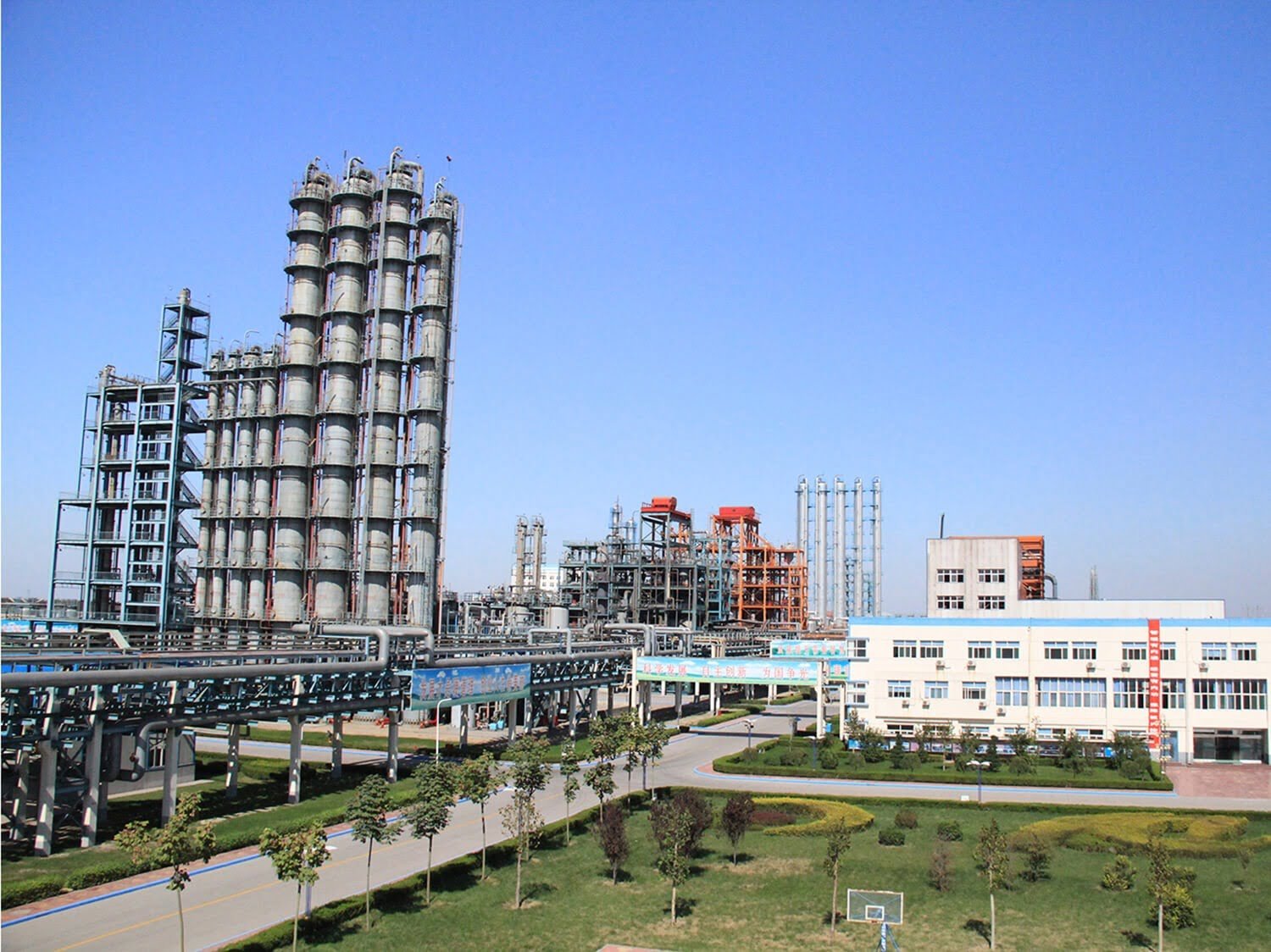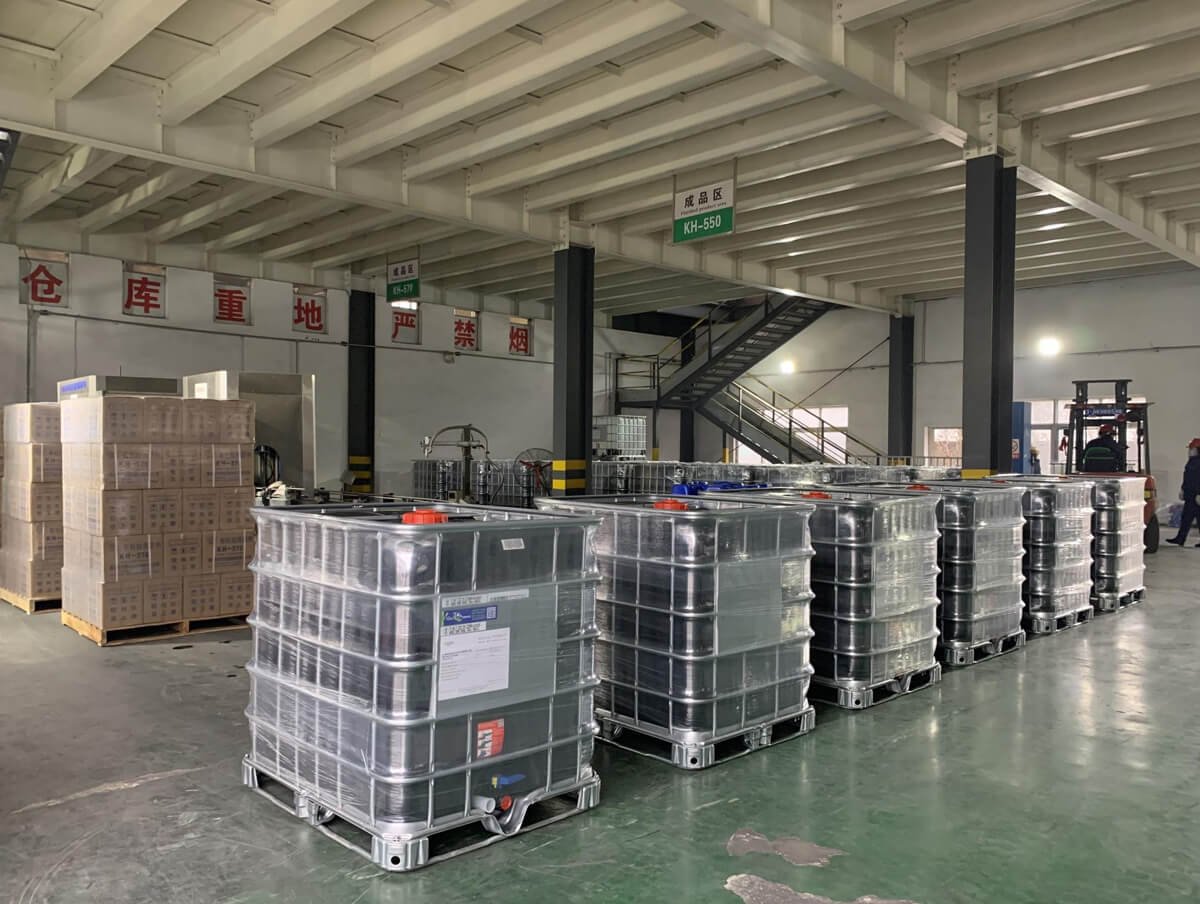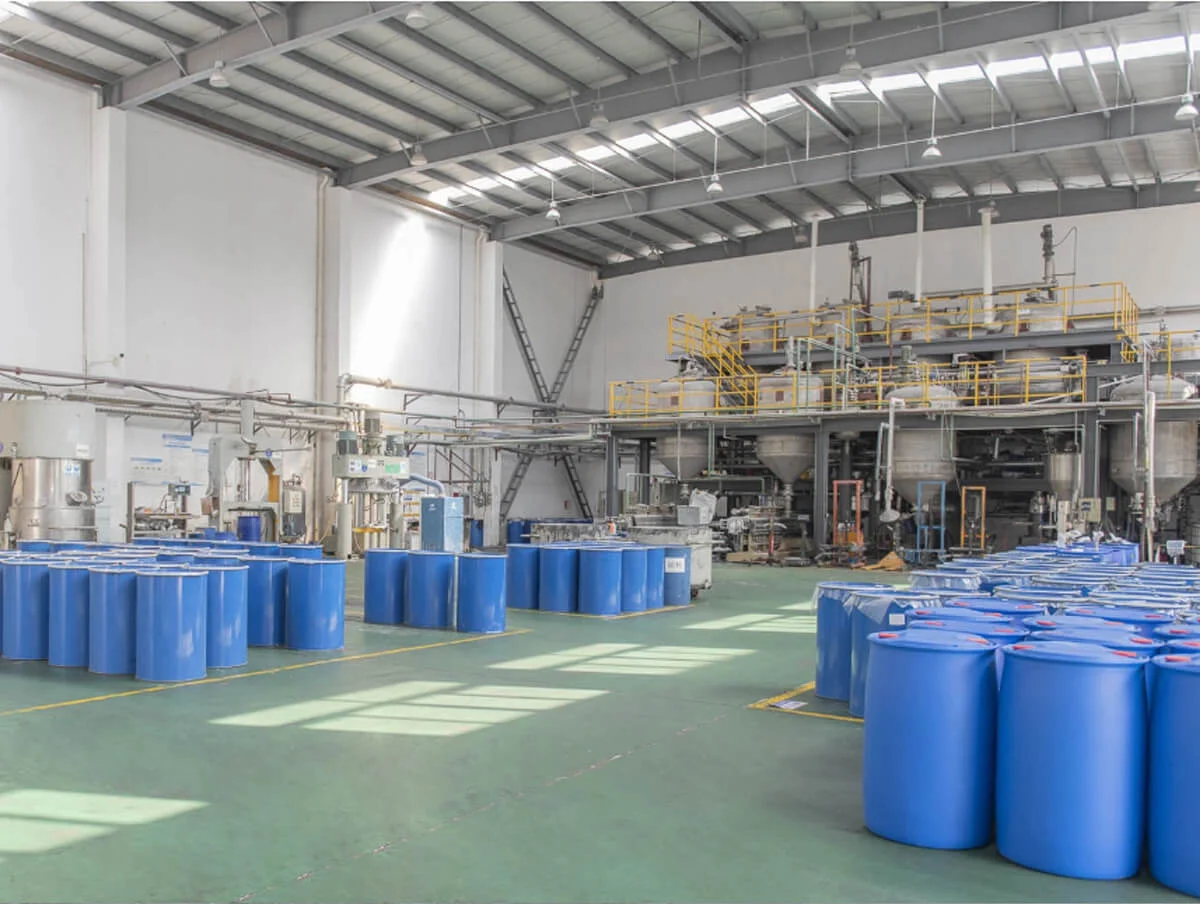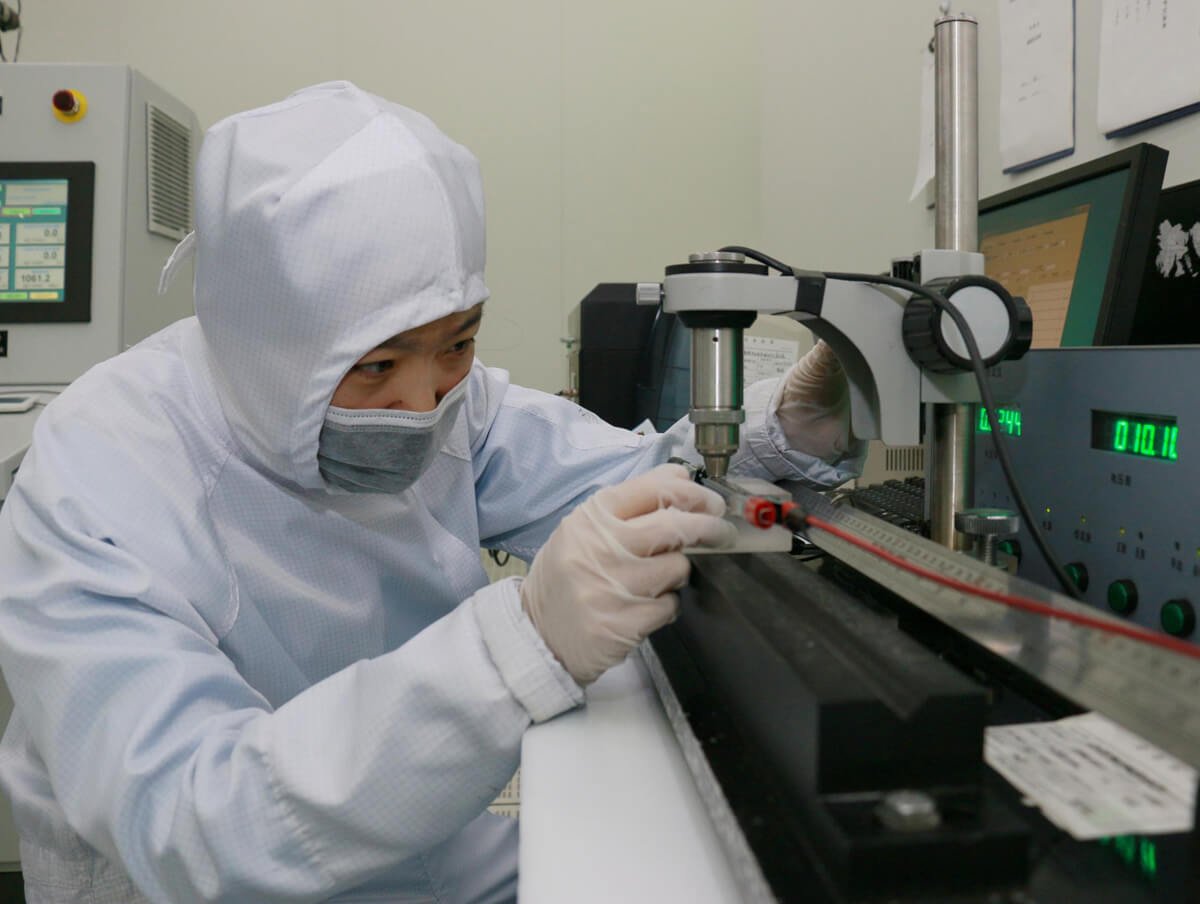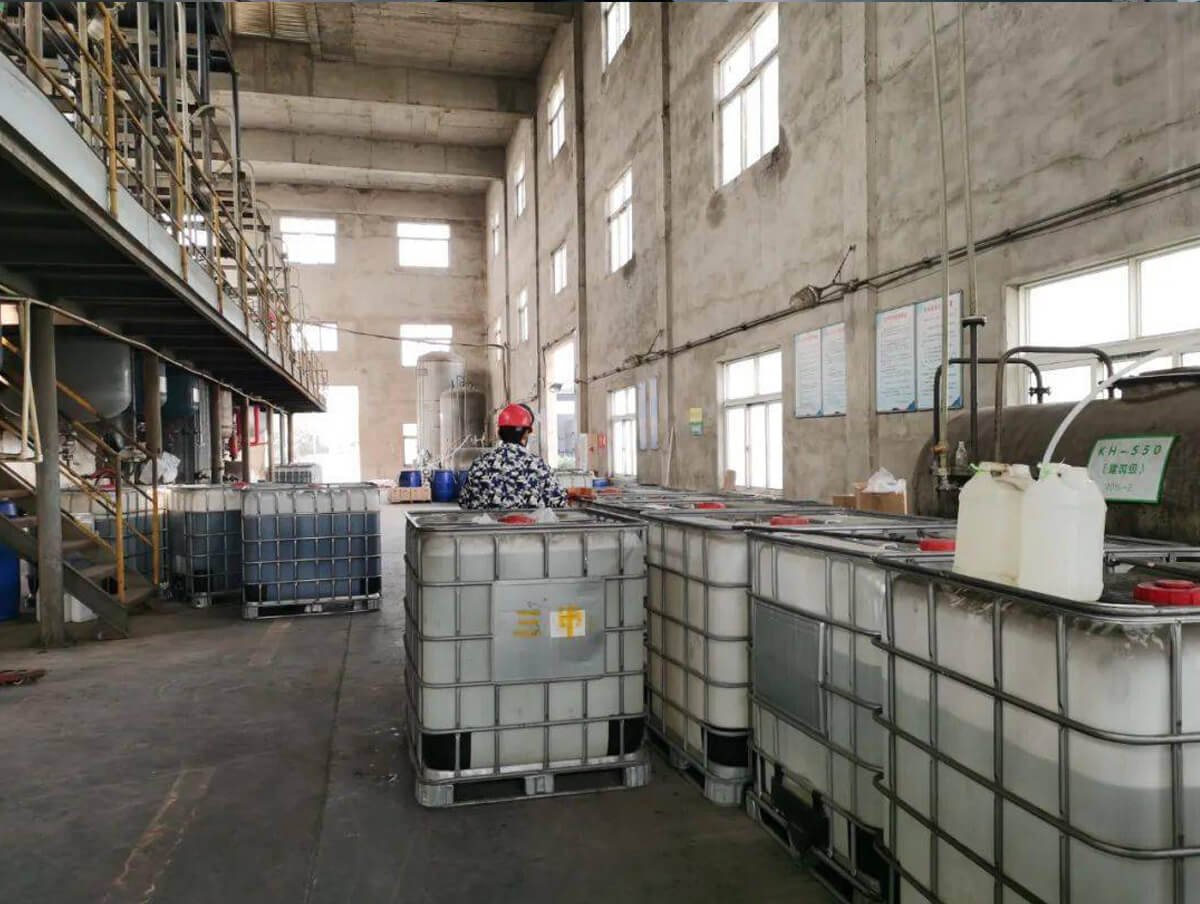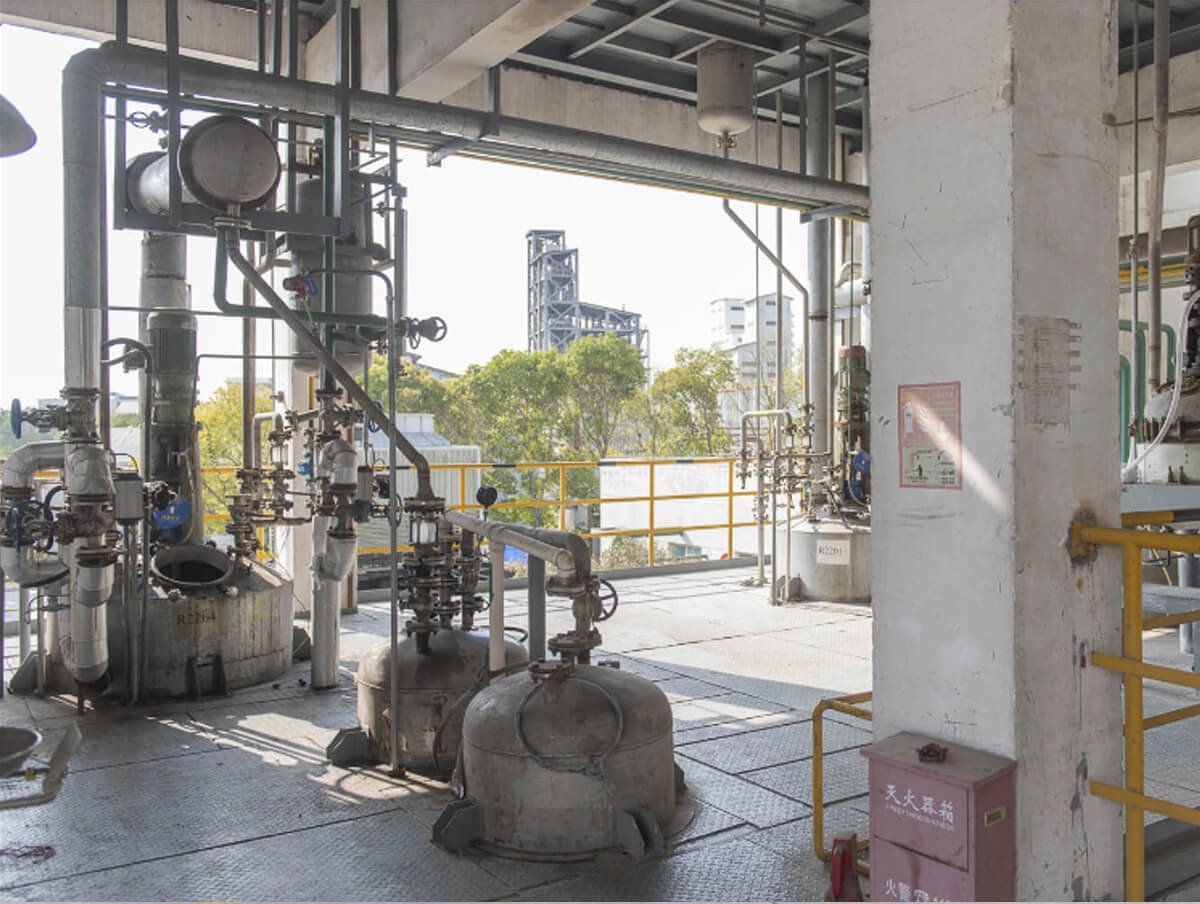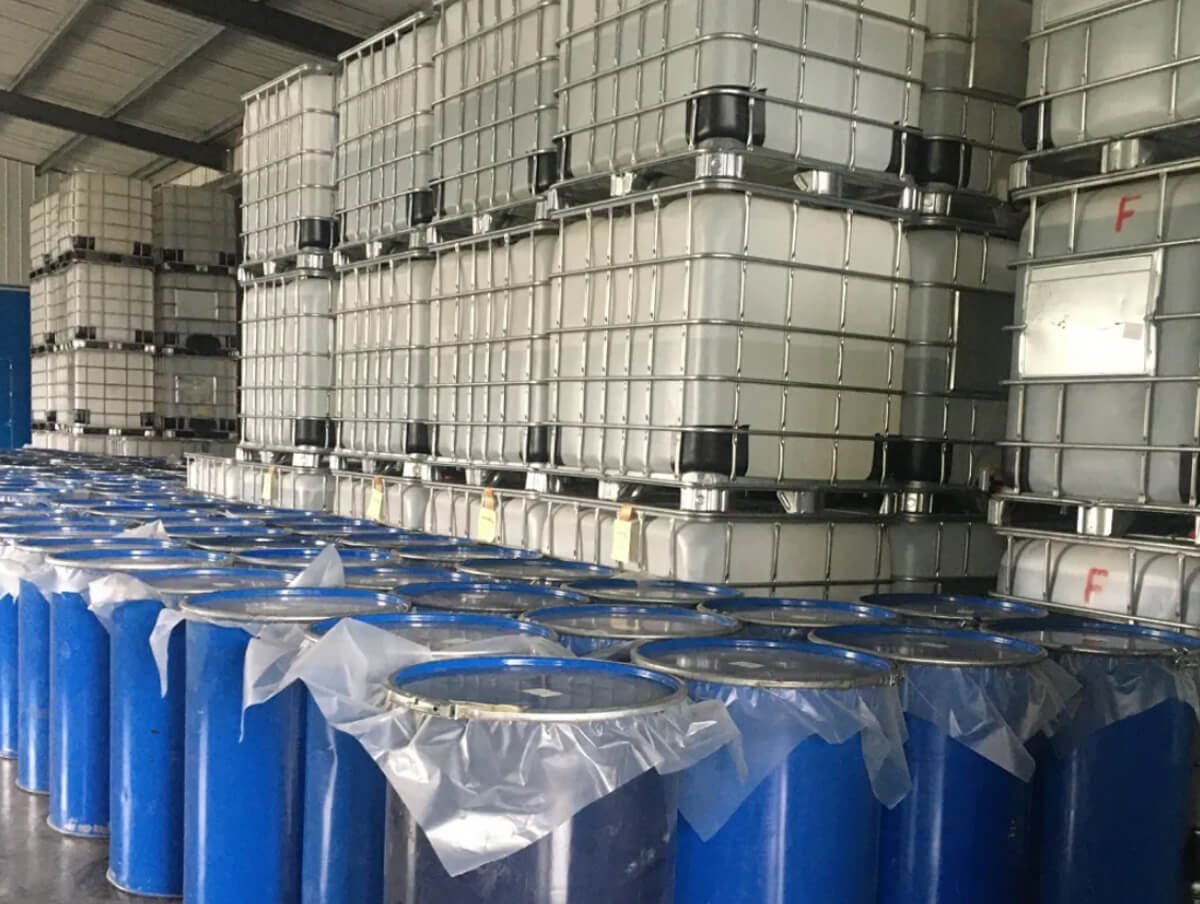-
Home » Product » PM-50 Phenylmethyl Silicone Fluid
PM-50 Phenylmethyl Silicone Fluid
| Chemical Name: | Dimethyl, Phenylmethylsiloxane |
| Product Category: | Phenyl based Silicones Fluids – Silicone Fluids |
| Structural Formula: |  |
| CAS No.: | CAS No.63148-52-7 |
| EINECS: | N/A |
| Molecular Formula: | C6H18OSi2 |
| Molecular Weight: | 210.37726 |
PM-50 Phenylmethyl Silicone Fluid
PM-50 Silicone Fluid is a clear, colorless, and odorless Phenylmethyl Silicone Oil with a viscosity of 50 cSt at 25°C. This advanced silicone fluid replaces methyl groups in conventional PDMS Silicone Oils with Phenyl groups, enhancing thermal stability and oxidation resistance. PM-50 remains stable at 204°C in open air and 260°C in a closed system.
This fluid is characterized by its high flash point, high dielectric strength, and stability under extreme pressures. It also offers excellent lubricity and is inert to most substrates, making it an ideal choice for high-performance applications requiring reliability in challenging environments.
View product specs:
| Viscosity @ 25°C | 50cSt |
| Specific Gravity | 0.985 |
| Viscosity Temp Coefficient | 0.655 |
| Pour Point °C | -57°C |
| Flashpoint °C | 275°C |
| Ignition Temp °C | 482°C |
| Refractive Index | 1.425 |
| Surface Tension | 25.0 |
| Electrical Strength | 13.8kV/mm |
| Permittivity @ 100Hz | 2.77 |
| Permittivity @ 1MHz | 2.77 |
| Dissipation factor @ 100Hz | 0.0003 |
| Dissipation factor @ 1MHz | 0.00005 |
| Volume resistivity ohm.cm | 1x10hz |
| Dielectric Constant | 2.77 |
| Thermal Conductivity | 0.15 W/(m.K) |
| Specific Heat @ 100°C | 0.405 |
| Coefficient of Expansion cc/cc/°C | 0.00096 |
| Gel Time, hours 250°C in Air | 220‐260 hrs |
| Temperature | Viscosity |
| 99°C | 14cSt |
| 38°C | 38cSt |
| 25°C | 50cSt |
| -29°C | 275cSt |
| -48°C | 520cSt |
| -57°C | 1,020cSt |
Properties of PM-50 Silicone Fluid:
- High Flash Point for enhanced safety
- Formulated for Stability at both low and high temperatures
- Low Viscosity Temperature Coefficient (VTC), ensuring easy pumping and circulation at low temperatures
- High Refractive Index (RI 1.425) for optical applications
- High Dielectric Strength for superior electrical insulation
- Hydrophobic, preventing water absorption
- Stable under High Pressure and extreme shear rates
- Excellent Lubricity for smooth and efficient operation
These properties make PM-50 Silicone Fluid ideal for applications requiring thermal stability, electrical insulation, and reliable performance under challenging conditions.
Applications Include:
- High Temperature Laboratory Bath Fluid
- Low Temperature Bath Fluid
- High Temperature Heat Transfer Fluid
- Low Temperature Heat Transfer Fluid
- High Temperature Dielectric Fluid
- High Temp /High Pressure Fluid
- High Temperature Fluids for Flow Control Fluid
- Refractive Index Matching Fluid
- High RI Matching Fluids for LED and Optics
- High Temp Silicone Lubricants for Plastic Parts
- Silicone Lubricants for Rubber Parts
- High Temperature Calibration Fluid
- Fluid for Touch Screen Technology
Packaging Specifications


Jessica G.
Get the Latest Pricing and Information
- Quick and helpful reply within 8 hours;
- Tailored solutions provided for your project;
- One-stop purchasing service.
PM-50 Phenylmethyl Silicone Fluid : Guide
PM-50 Silicone Fluid is a low phenyl-content fluid with a viscosity of 50 cSt at 25°C, offering superior thermal stability compared to conventional PDMS silicone oils. It remains stable at temperatures above 200°C (open system) and has a low viscosity-to-temperature coefficient (VTC), ensuring easy circulation and pumping at low temperatures, making it ideal for laboratory baths and heat transfer systems.
Used widely as a calibration fluid, PM-50 is perfect for flow control, temperature control, and motion control systems. It does not break down at high temperatures or coagulate under pressure, making it suitable for instruments, gauges, and sensors exposed to extreme conditions.
With a higher refractive index (RI 1.425) than conventional fluids, PM-50 is also an excellent choice for RI index matching and optical applications in sensors, imaging, LED, and photonics technologies.


